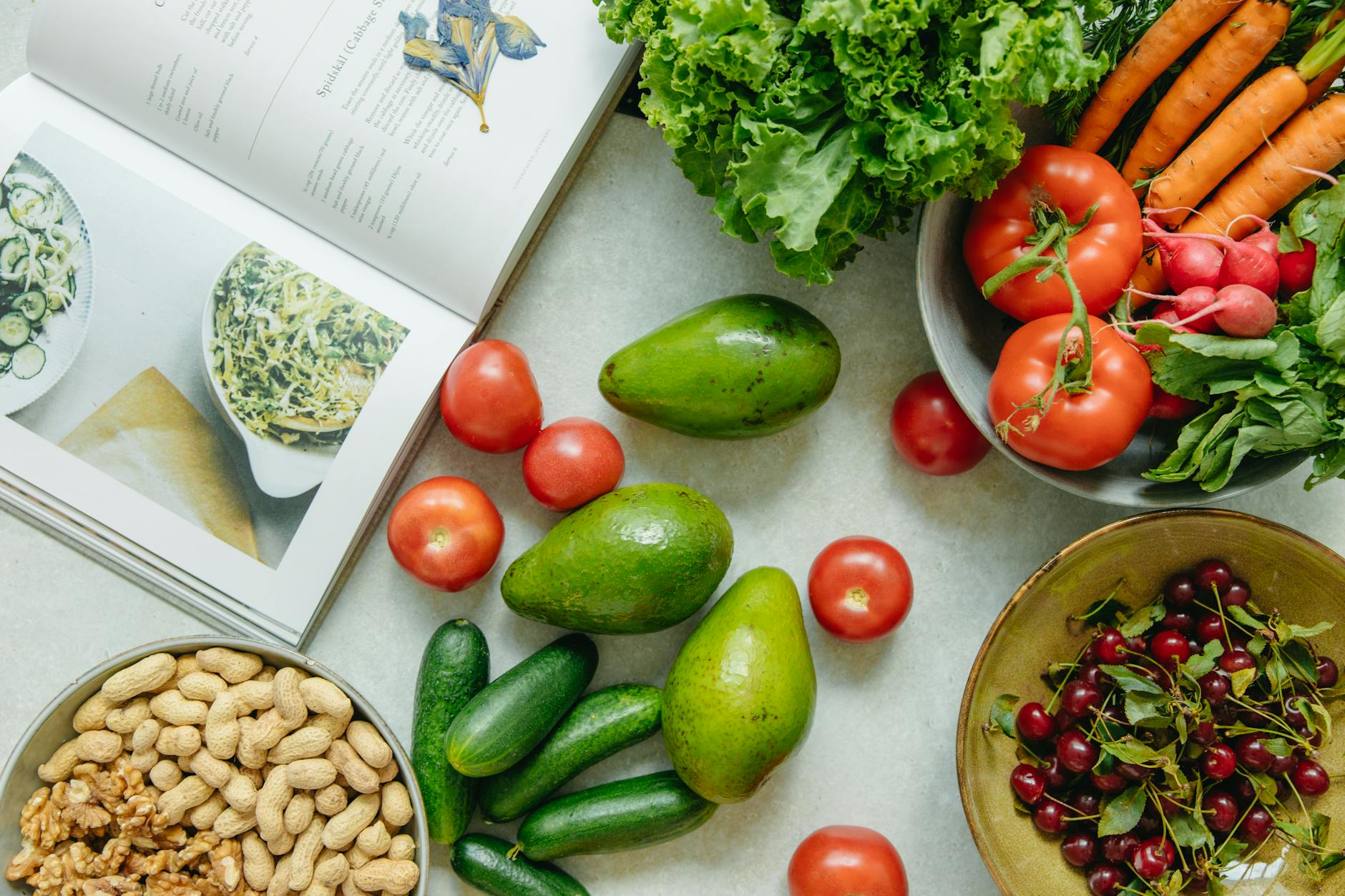Uncover the secrets to thriving on a gluten-free diet with celiac disease. Discover life-changing tips for a healthy lifestyle.
Table of Contents
Celiac Disease is a serious autoimmune disorder where the ingestion of gluten leads to damage in the small intestine. It affects about 1 in 100 people worldwide, yet many remain undiagnosed. Living with Celiac Disease means following a strict gluten-free diet, as even small amounts of gluten can trigger symptoms and cause long-term complications.
Understanding Celiac Disease
When someone with Celiac Disease consumes gluten, their immune system responds by attacking the lining of the small intestine, leading to inflammation and damage. This can result in a range of symptoms, including abdominal pain, bloating, diarrhea, fatigue, and weight loss. Over time, untreated Celiac Disease can lead to nutrient deficiencies, osteoporosis, infertility, and even certain types of cancer.
Diagnosis and Treatment
Diagnosing Celiac Disease involves a blood test to check for specific antibodies and a confirmatory biopsy of the small intestine. Once diagnosed, the primary treatment for Celiac Disease is to adhere to a strict gluten-free diet. This means avoiding all foods and products containing wheat, barley, and rye. It’s essential to carefully read labels, ask questions when dining out, and be aware of hidden sources of gluten.
Gluten-Free Living
Transitioning to a gluten-free lifestyle can be challenging but rewarding. Fortunately, there are now a plethora of gluten-free alternatives available, from bread and pasta to cookies and snacks. Ensuring a well-balanced diet is crucial, as some gluten-free products can be low in fiber, vitamins, and minerals. Including naturally gluten-free foods like fruits, vegetables, lean proteins, and whole grains such as rice, quinoa, and corn can help maintain a nutritious diet.
Navigating Social Situations
Social gatherings, restaurants, and travel can present unique challenges for those with Celiac Disease. Communicating your dietary needs clearly and assertively is essential. Many restaurants now offer gluten-free menus and options, and online resources can help you find celiac-friendly establishments. Bringing your own snacks or dishes to social events can also ensure you have safe and delicious options to enjoy.
| Chapter | Topic | Key Points |
|---|---|---|
| 1 | Understanding Celiac Disease | – Autoimmune disorder affecting the small intestine – Triggered by gluten ingestion – Symptoms can vary widely |
| Diagnosis and Testing | – Blood tests for antibodies – Endoscopy to assess intestinal damage – Genetic testing for predisposition |
|
| Gluten-Free Diet Basics | – Avoiding gluten-containing grains – Reading labels for hidden gluten – Importance of cross-contamination |
|
| 2 | Transitioning to a Gluten-Free Lifestyle | – Cleaning out your pantry – Finding gluten-free substitutions – Dining out and traveling tips |
| Meal Planning and Cooking | – Simple and delicious gluten-free recipes – Balancing nutrients and avoiding deficiencies – Tips for cooking for a family with mixed dietary needs |
Embracing a Healthy Lifestyle
While managing Celiac Disease revolves around following a gluten-free diet, it’s also important to prioritize overall health and wellness. Regular physical activity, stress management, and proper sleep all play a role in maintaining a healthy lifestyle. Engaging in activities you enjoy, practicing mindfulness, and seeking support from friends, family, or a support group can all contribute to your well-being.
Conclusion
Living with Celiac Disease requires dedication, resilience, and a positive attitude. By understanding the condition, adhering to a gluten-free diet, and making well-informed choices, you can lead a fulfilling and healthy life. Remember, you are in control of your health, and with the right tools and support, you can crack the code to navigating a gluten-free lifestyle with Celiac Disease.
What foods should I avoid on a gluten-free diet?
On a gluten-free diet, steer clear of wheat, barley, and rye, along with any products containing these grains. Be vigilant about hidden sources of gluten in sauces, seasonings, and processed foods.
Can I eat oats on a gluten-free diet?
While oats are naturally gluten-free, cross-contamination during processing is common. Look for certified gluten-free oats to ensure they are safe for consumption.
How can I cope with gluten cravings?
Satisfy your cravings with delicious gluten-free alternatives like quinoa, rice, and corn-based products. Experiment with gluten-free baking to recreate your favorite treats without compromising your health.
Is it necessary to avoid gluten completely?
Yes, even small amounts of gluten can trigger symptoms and damage the intestines in individuals with Celiac Disease. Strict adherence to a gluten-free diet is crucial for managing the condition effectively.





